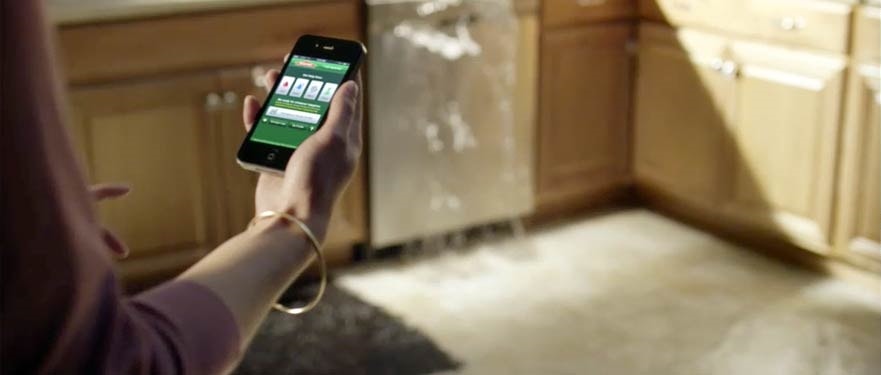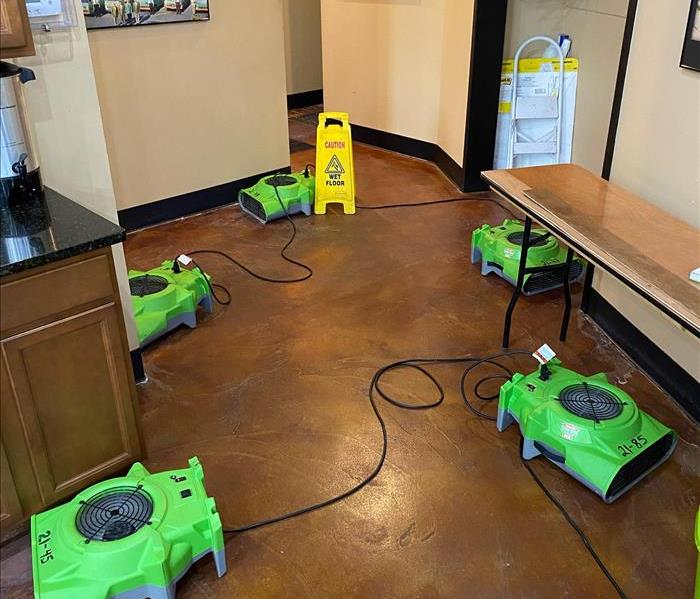
Water Damage Emergency Tips
What you can do until help arrives
Water Tips | Fire Tips | Biohazard Tips | Mold Tips
Bio-Hazards
After any biohazard situation, your primary focus should be safety first:
- Is it safe to stay in the house?
- Electrical and “slip and fall” hazards are some of the most prevalent concerns.
- Only do activities that are safe for you to perform.
- Wet materials can be VERY heavy. Be careful!
- State Laws and Licensing Requirements may apply.
What to do After a Biohazard:
- Stay out of affected areas.
- Call emergency service personnel if the situation is life-threating.
- Treat all bodily fluids as if they are contaminated.
- Turn off the HVAC system if there is sewage damage.
What NOT to do After a Biohazard:
- Don’t attempt cleanup of any kind.
- Don’t touch or handle items that might be contaminated with bodily fluids.
- Eat, drink, smoke, apply cosmetics or handle contact lenses in affected areas.
If exposed to harmful waste, OSHA recommends a post-exposure medical evaluation. Consult your local health department or physician.
Have A Water Damage Emergency? Call (708) 240-4873
What To Do After Flooding
- Remove excess water by mopping and blotting.
- Wipe excess water from wood furniture after removal of lamps and tabletop items.
- Remove and prop wet upholstery and cushions.
- Place aluminum foil or wood blocks between furniture legs and wet carpeting.
- Turn air conditioning on for maximum drying in summer.
- Remove colored rugs from wet carpeting.
- Remove art objects to a safe, dry place.
- Gather loose items from floors.
What NOT To Do After Flooding
- Don't leave wet fabrics in place. Hang furs and leather goods.
- Don't leave books, magazines or other colored items on wet carpet or floors.
- Don't use your household vacuum to remove water.
- Don't use television or other household appliances.
- Don't turn on ceiling fixtures if ceiling is wet, and keep out of rooms where ceilings are sagging.






 24/7 Emergency Service
24/7 Emergency Service




